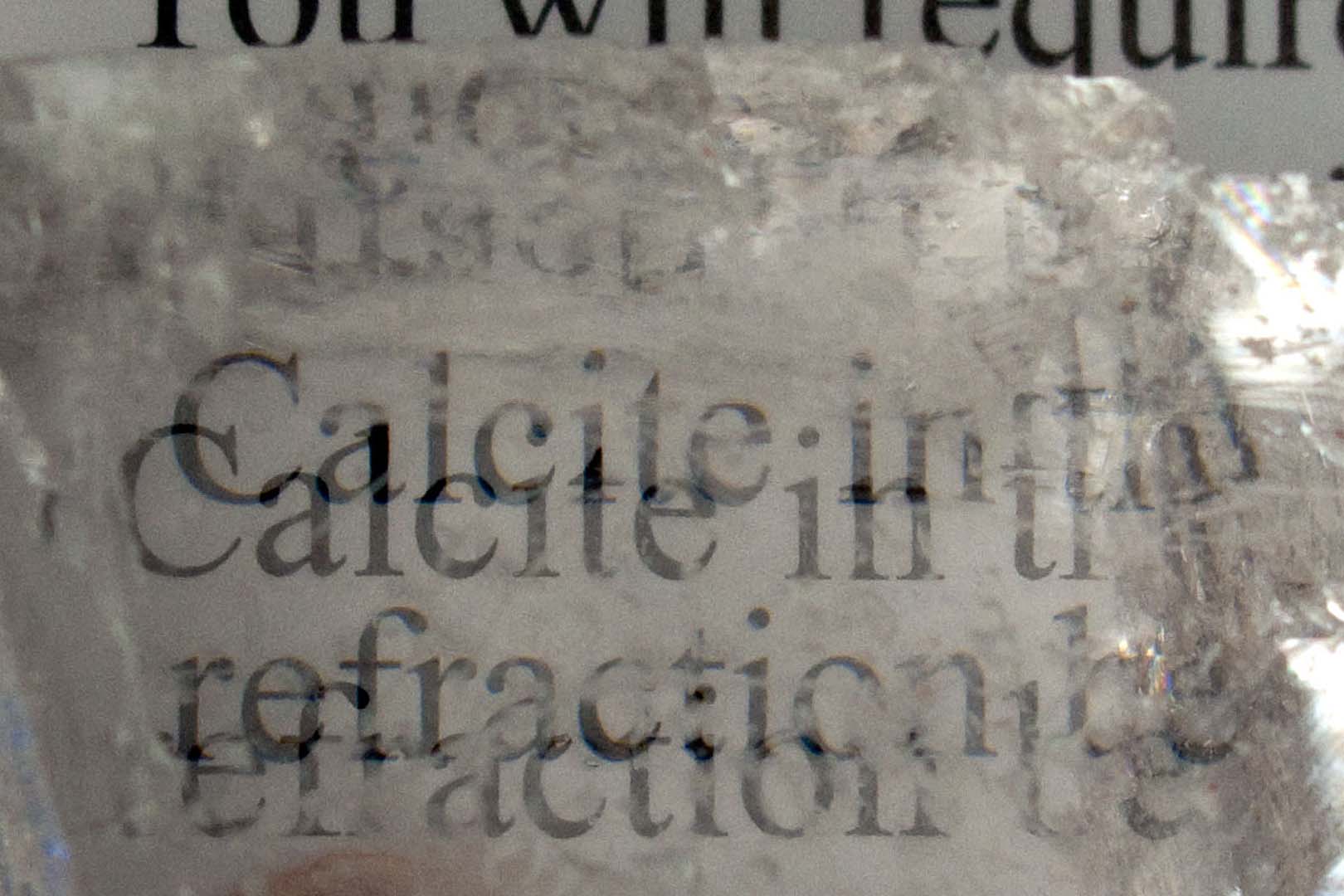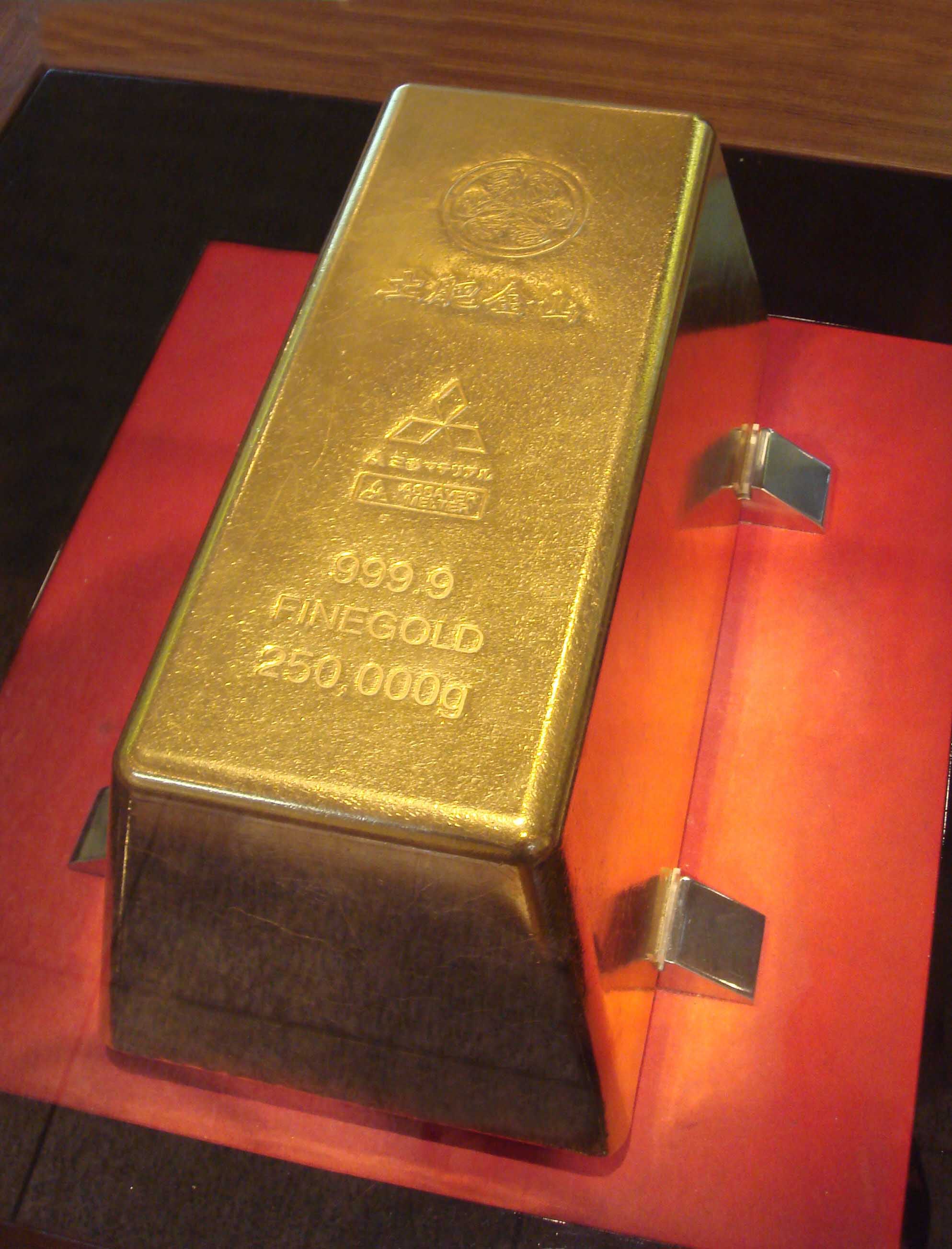Geologists use a number of physical properties to help identify minerals. These include color, streak, luster, cleavage or fracture, and density.
- Color: The color of a mineral is an easily observed physical property. Color, however, needs to be used carefully as a distinguishing physical characteristic. Many different minerals can possess the same color; gold and pyrite can appear very similar to one another based solely on surface color. Weathering can also hide the true color of a mineral.
- Streak: Streak refers to the color of a mineral in its powdered form. The mineral is usually rubbed across an unglazed piece of porcelain called a streak plate. Streak is considered a better diagnostic test for minerals than just surface color. For example, it will allow us to distinguish between gold and pyrite which have a similar surface color. Gold will leave a yellow streak, while pyrite will leave a blackish streak. (Note: Not all minerals can show streak on a streak plate. Minerals that are harder than streak plates will not show streaks. Hardness will be covered later in the lesson).
- Luster: Luster refers to the way light is reflected from a mineral’s surface. Minerals that shine like metals are said to have a metallic luster. Minerals with a non-metallic luster reflect light that is generally dull, flat, or glassy.
- Cleavage or Fracture: The way a mineral breaks is another identifying physical property. Cleavage refers to the ability of a mineral to break along smooth, flat surfaces. Fracture is the tendency of a mineral to break along irregular, uneven surfaces.
- Density: Density is determined by dividing an object’s mass by its volume (i.e., D = M/V). Density is widely used as a method of distinguishing minerals. For example, although gold and pyrite have a strong physical resemblance, they have very different densities. Gold has a density of 19.3 g/cm3, while pyrite has a density of 5.2 g/cm3.
- Hardness: A mineral’s hardness is another widely used distinguishing physical characteristic. Hardness is a measure of the ease with which the surface of a mineral can be scratched. The hardness of an unknown mineral is determined by comparing its hardness to those of ten reference minerals in a table devised by the German scientist Friedrich Mohs in 1812. Mohs placed talc at the bottom of his table and assigned this relatively soft mineral a hardness of 1. Diamond, the hardest mineral, was placed at the top of the table with a hardness of 10. Common objects have also been listed in the table in order to determine a mineral’s hardness.
Calculate the relationship between mass, volume, and density for several common minerals. Go to Math Link...
| Mohs Hardness Table | ||
| Mineral | Hardness | Hardness of Common Objects |
| Diamond | 10 | |
| Corundum | 9 | |
| Topaz | 8 | |
| Quartz | 7 | streak plate (7) |
| Feldspar | 6 | steel file (6.5) |
| Apatite | 5 | glass/knife blade (5.5) |
| Fluorite | 4 | iron nail (4.5) |
| Calcite | 3 | copper penny (3.5) |
| Gypsum | 2 | fingernail (2.5) |
| Talc | 1 | |
For example, an unknown mineral that can’t be scratched by an iron nail (hardness = 4.5) and that can be scratched by a piece of glass (hardness = 5.5) has a hardness greater than 4.5, but less than 5.5.
The mineral calcite (CaCO3), also known as Iceland Spar, has an unusual physical property. Two images are visible when a clear, transparent sample of this crystal is placed on printed material. This unusual physical property is known as double refraction.
Two images are visible when calcite is placed on some printing.Gold Production
Gold is a precious metal that has been in wide use for over 4,000 years. It has many applications including monetary exchange, medicine, jewellery, industry and electronics.
- Click here to view a world gold production map. Examine the legend.
- Which color is used to indicate countries with the largest amounts of gold production? The color blue is used to indicate countries with the largest amounts of gold production.
- What amount of gold production does this color correspond to? The color blue corresponds to a gold production (per year) of between 200,000 – 300,000 kg (440,000 – 660,000 lb).
- Rotate the globe and locate the top gold producing countries in the world.
- How many countries in the world are at the upper end of the scale in terms of gold production? There are five countries at the upper end of the scale in terms of gold production.
- What are the top gold producing countries in the world? The top gold producing countries in the world (in order) are South Africa, China, Australia, United States, and Peru.



